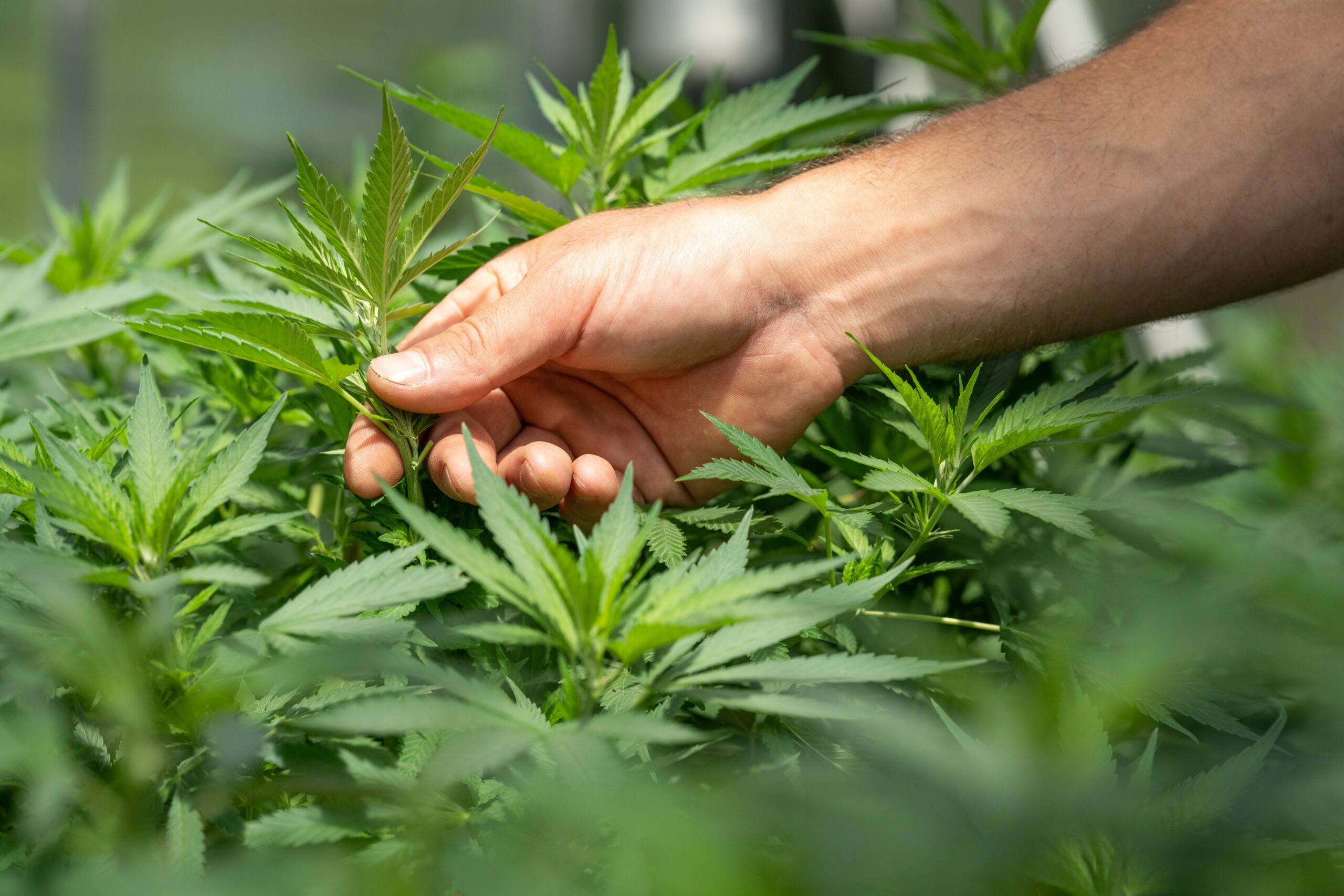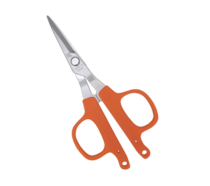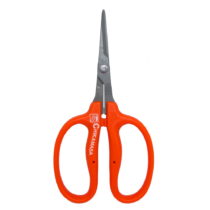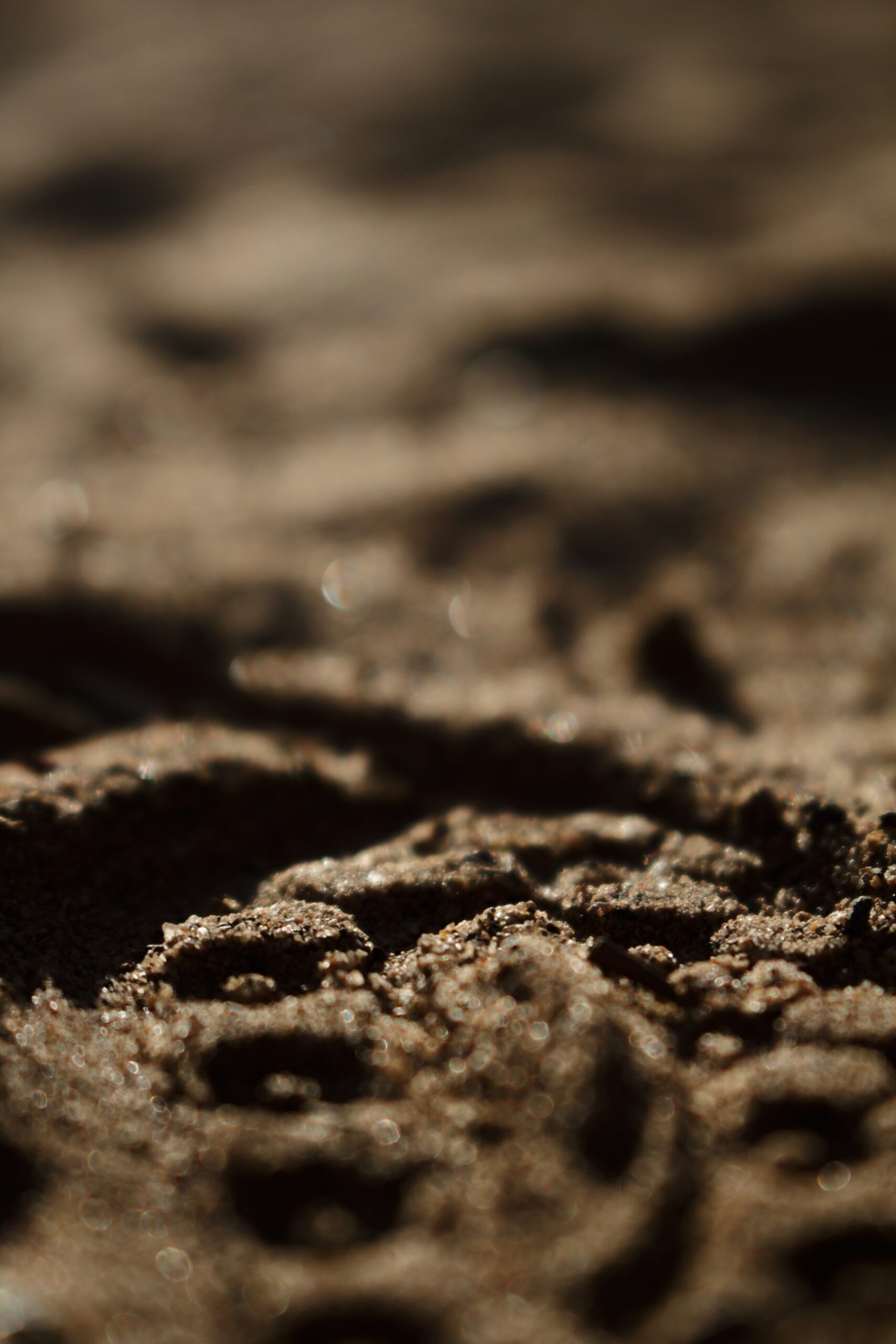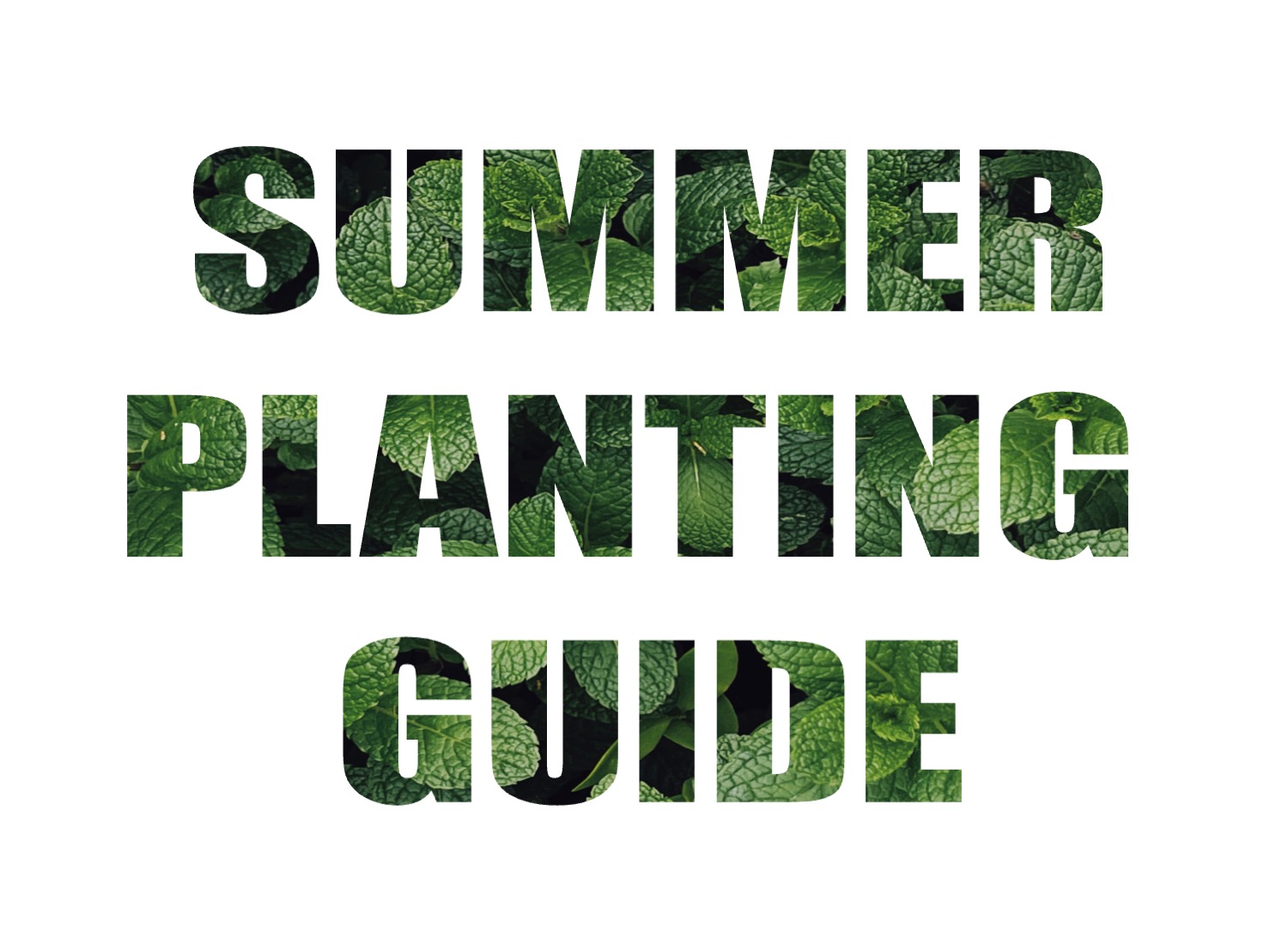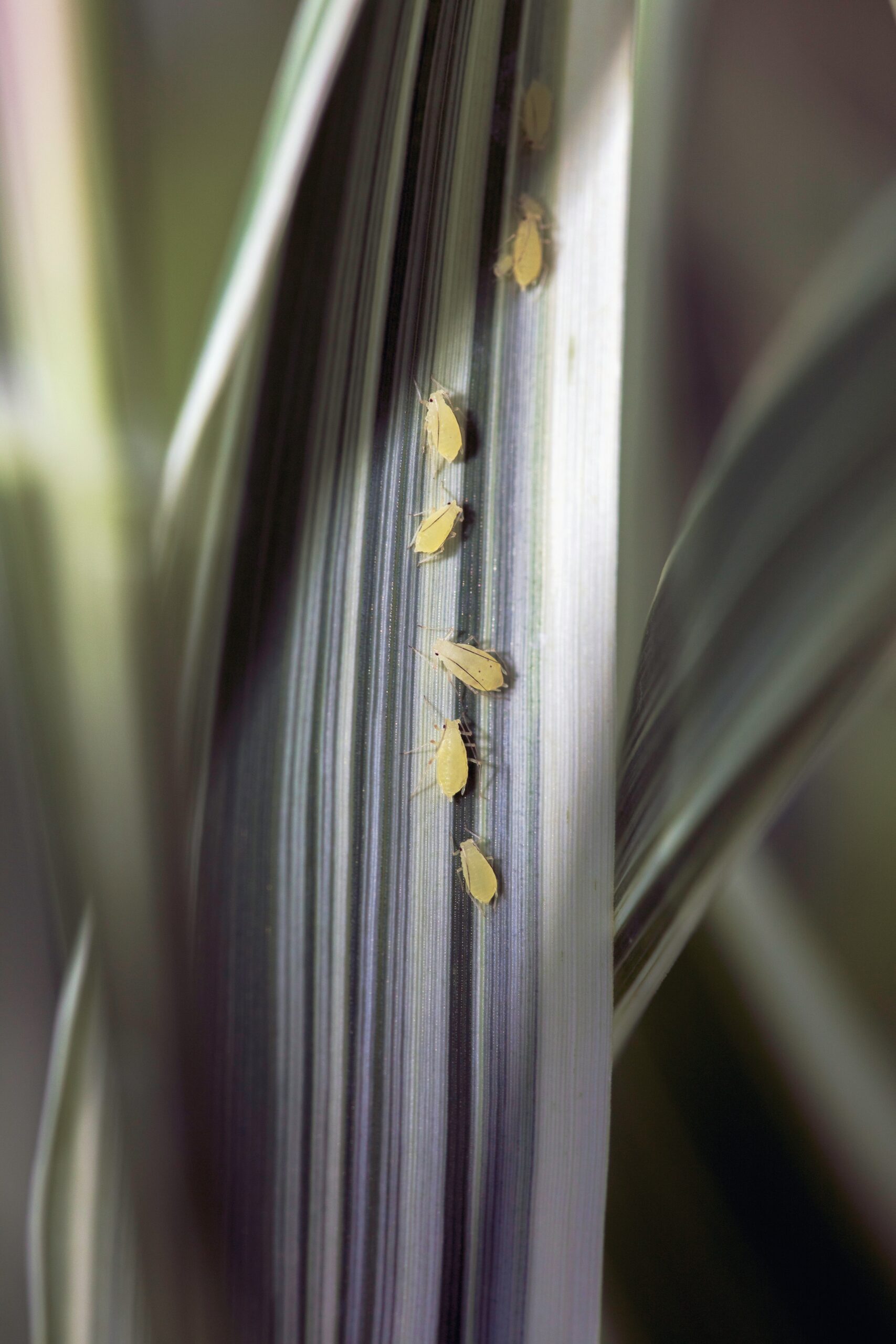Pruning your plants is a crucial part of the cultivation process that involves selectively removing parts of the plant to promote better growth, increase yield, and improve overall plant health. Proper pruning can significantly impact the quality and quantity of your harvest.
Why Prune your Plants?
- Increased yield: Pruning encourages the plant to focus its energy on producing larger, denser buds. By removing smaller, less productive branches, the plant directs more resources towards the main colas, increasing the overall yield.
- Improved light penetration: Pruning helps create a more open canopy, allowing light to reach the lower parts of the plant. This increased light penetration promotes more even growth and bud development throughout the plant.
- Better airflow: A well-pruned plant has better airflow, reducing the risk of mold and mildew growth. Proper airflow is essential for maintaining a healthy growing environment.
- Easier pest management: Pruning can help prevent pest infestations by reducing the number of hiding spots for pests and making it easier to spot and address any issues.
- Energy efficiency: Pruning allows the plant to allocate its energy and resources more efficiently, focusing on the development of the most productive parts of the plant.
How to Prune your Plants:
There are several techniques for pruning your plants, with some of the most common being:
- Topping: Topping involves cutting the main stem’s growing tip, forcing the plant to develop two new main colas instead of one. This technique creates a more bushy, even canopy and increases the number of top buds. To top your plant, simply cut the main stem just below the newest growth node when the plant has at least 4-6 nodes.
- Fimming: Fimming is similar to topping but involves removing about 75% of the newest growth tip, leaving a small portion intact. This method can result in the formation of 3-4 new colas instead of just two. Fimming can be performed when the plant has at least 4-6 nodes.
- Lollipopping: Lollipopping involves removing the lower growth and smaller branches that receive minimal light. This technique promotes better airflow and directs the plant’s energy towards the main colas. To lollipop your plant, remove the lower 30% of growth and any branches with little to no bud development.
- Defoliation: Defoliation is the selective removal of leaves from the plant to improve light penetration and airflow. Only remove leaves that are blocking light from reaching bud sites or are discolored, damaged, or diseased. Be cautious not to remove too many leaves at once, as this can stress the plant.
When to Prune your Plants:
Pruning should be done during the vegetative stage and early flowering stage. During the vegetative stage, focus on topping and fimming to shape the plant’s structure. In the early flowering stage, perform lollipopping and defoliation to improve light penetration and airflow. Avoid pruning during the late flowering stage, as this can stress the plant and negatively impact bud development.
Remember that pruning can be stressful for plants, so it’s essential to monitor their health and give them time to recover between pruning sessions. Pruning is a valuable tool in every grower’s arsenal, and when done correctly, it can significantly improve the quality and yield of your harvest.


